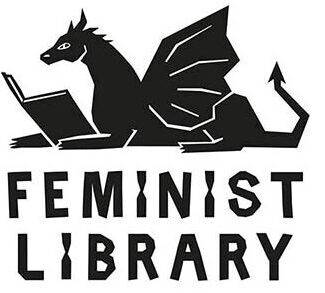A Very Long way from Anywhere Else by Ursula Le Guin
 A Very Long way from Anywhere Else – Ursula Le Guin
A Very Long way from Anywhere Else – Ursula Le Guin
Ursula Le Guin is an author better known for her science fiction and fantasy works. Her major works, the Earthsea novels, which follow the magical adventures of a wizard named Ged, and The Left Hand of Darkness, a novel set on an arctic planet, whose inhabitants are neither male nor female, establish her as a master of genre fiction. Having been a long time fan of Ursula Le Guin, when I found a book of her’s in the Feminist Library, that I had not read, I was very pleased!
A Very Long Way From Anywhere Else, first published in 1976, is more of a novella than a novel, being only 70 or so pages long, and (to my initial disappointment) is not a work of ‘hard’ science fiction, but a rather low key coming of age story set in the ‘real world’. The novel focuses on the friendship of a self-proclaimed ‘intellectual’ teenager Owen and the slightly older, quietly ambitious, Natalie. It is narrated from Owen’s perspective, looking back at the events of the novel and recalling how Natalie became his first real friend.
The work is aimed at the young adult audience, something that would be obvious even were it not for its publication by ‘Puffin Plus’. Both the teenagers consistently attest their differences from their peers, and their desire not to be another conformist teenager, in a way that can be slightly grating for an older reader. Perhaps this is because the misfit teenager is, by now at least, a slightly clichéd trope of fictional teenagers. However, the reason it has become so clichéd is, at least in part, due to the feeling of nonconformity being something many teenagers connect with, and Le Guin clearly wanting to work to be relatable to its audience.
The audience of the work is important to bear in mind as overall the work is clearly aimed to impart a feminist message concerning the role of sex in male/female friendship. Although, of course, many people could benefit from this message, the didacticism of the story makes it a fitting read for young adults.
Without giving too much away plot wise, Natalie and Owen’s friendship runs into trouble when society’s preconceptions of male/female friendship influences Owen’s perception of the route his and Natalie’s relationship should take. As the events that disrupt their friendship unfold, Le Guin is able to offer a valuable critique of male entitlement; Owen’s misfortunes in the book are the result of his mistaken belief that he alone should decide the nature of his relationship with Natalie – something he eventually realises is wrong. Natalie on the other hand, constantly stresses that all decisions surrounding sex and love must be mutual. What I liked most about the story was that although the book is written from Owen’s perspective, Natalie’s feelings and views are ultimately vindicated. Owen the narrator, looking at the events in hindsight, is ashamed of his actions and Natalie is shown to be the voice of maturity and wisdom.
It is in its exploration of these themes that the book really excels and leaves its mark on the reader. Although I still would not consider the work a ‘must read’ of the Le Guin corpus, if I consider how much resonance I found with the ideas in the book reading it now, I can only imagine how I would have responded to it as a teenager, perhaps being introduced to these ideas for the first time.
Review by Emmy Callaghan
